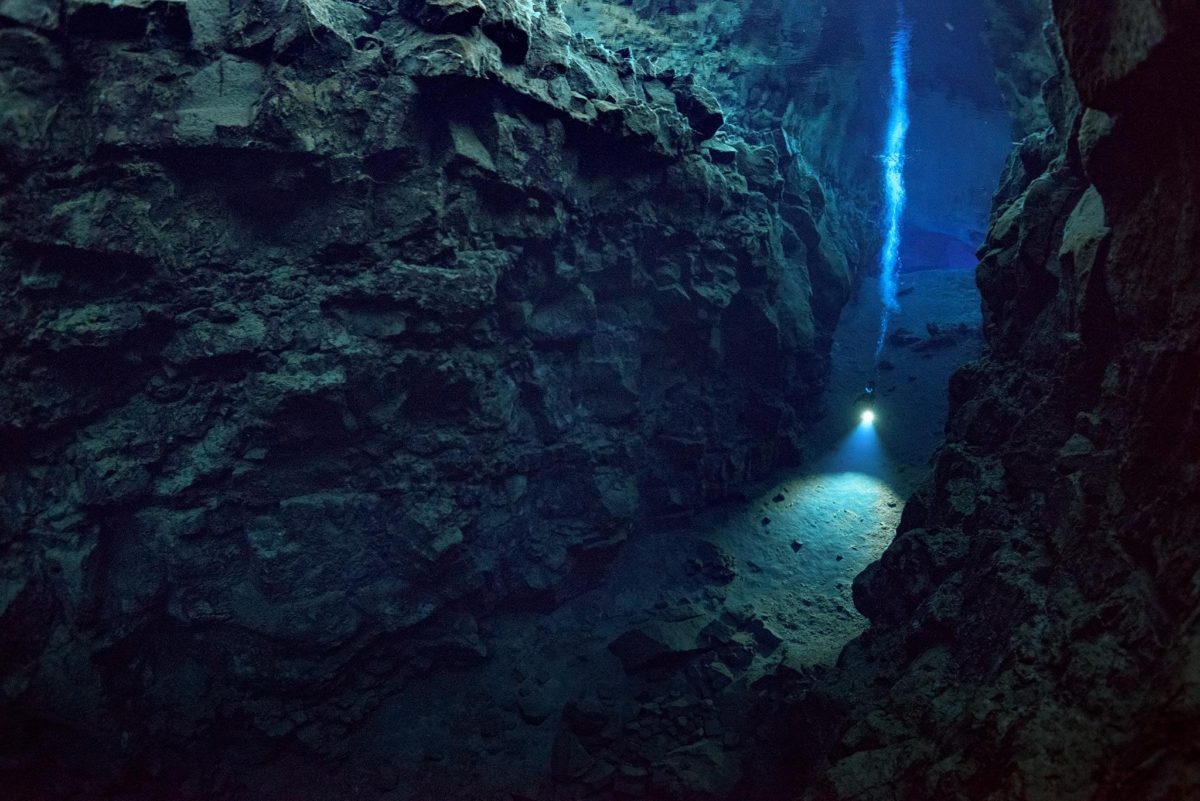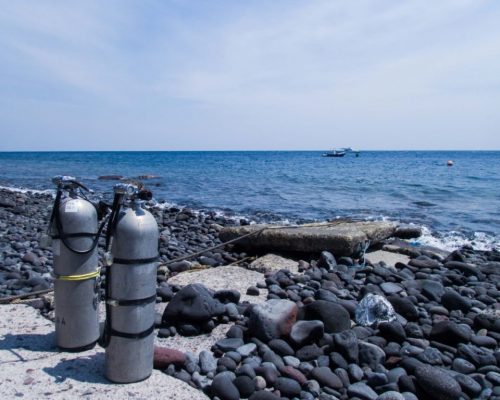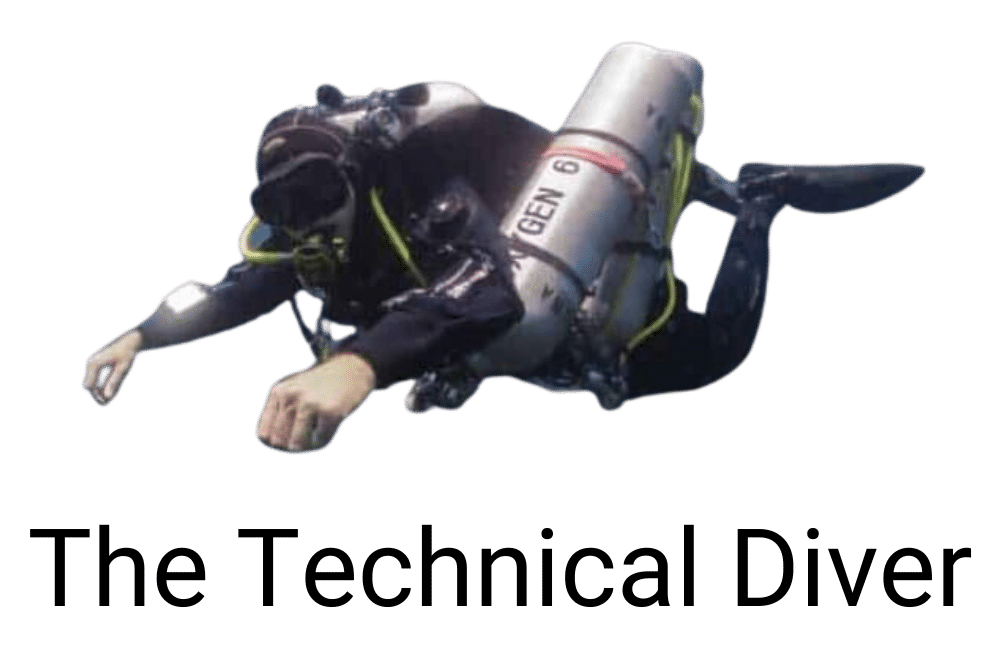Solo diving

Solo Diving
Solo diving can be a very polarising topic within the diving community. Some people swear by it, others say you should never dive alone. Yet the reality is, that just as you can be lonely in a crowd, chances are you’ve been solo diving when with a group of divers. You know that some people you dive with would be useless if you required their assistance. It’s sad to say that, but it’s often the truth.

That’s not to say that you should go off on a single tank by yourself. Solo diving when done properly is a very involved process. You must meticulously plan your gas, reserve gas, dive time, environmental conditions, and more.
Having a redundant gas supply is an essential component, whether you are diving on a twinset or sidemount, or carrying a side-stage with adequate gas plus a reserve for the dive you are doing.
Plus, you need to communicate a plan of action in case you don’t check in by an agreed time post-dive. Having all the equipment you will need to be self-sufficient is also essential.
Lastly, you’ll have to deal with any reasonably foreseeable problems yourself. That means learning the skills to solve loss of buoyancy, gas problems, entanglement, or anything else that could cause you issues.
When not to solo dive
There are many instances where solo diving is inappropriate, such as decompression diving or ice diving. But for a shallow non-deco dive on a dive site with good conditions that you’re familiar with, it can be a lot of fun. Solo diving is also useful to photographers who want to stay in one place instead of following a group.
Even if you never intend on going diving on your own, the course highlights the pros and cons of the buddy system. That will make you a better diver, and more specifically, a better buddy.
SDI Solo Diver Course
The solo diver course can be taken with SDI, Raid, IANTD, SSI, or PADI. It’s normally run over two days and consists of some theory, an equipment workshop, and two dives. Equipment includes having a redundant gas source, and other equipment redundancy such as cutting devices.
Skills include emergency drills, such as “bailing out” onto the redundant gas source. Gas planning is also essential, so gas volumes are calculated to allow for reserves (minimum gas). The first dive is a skills dive, the second dive is you going off on your own and following the plan that you prepared. That plan always includes telling people where you are diving, when, and what time you should be expected back.
On the last dive of the course, your instructor will expect you to be at the surface within a specific time. Courses can be run for for single tank divers with a stage cylinder, but sidemount or in a twinset is preferred, as the redundancy is much greater.
The minimum prerequisites for starting this course include:
- 18 years old with parental consent
- Advanced OW diver
- 100 logged dives
Header image photo credit: Alex Dawson Photography
